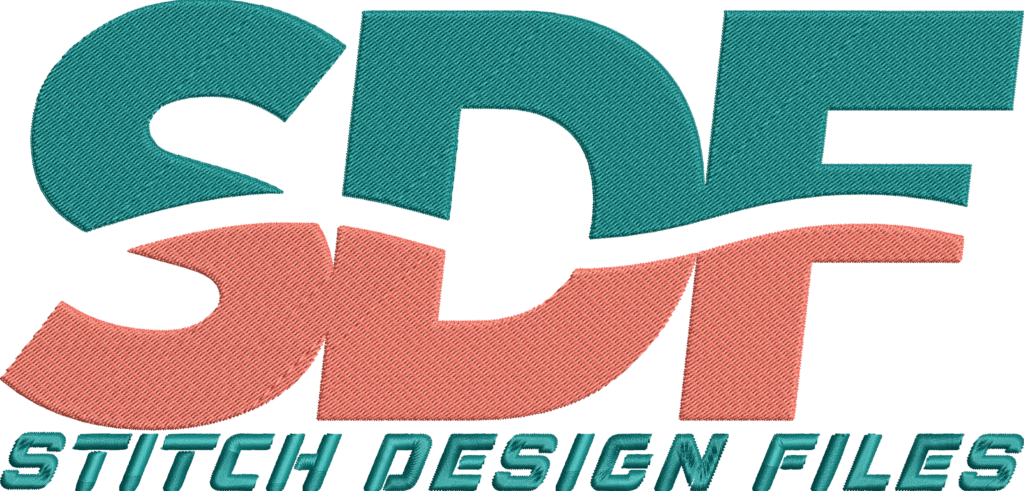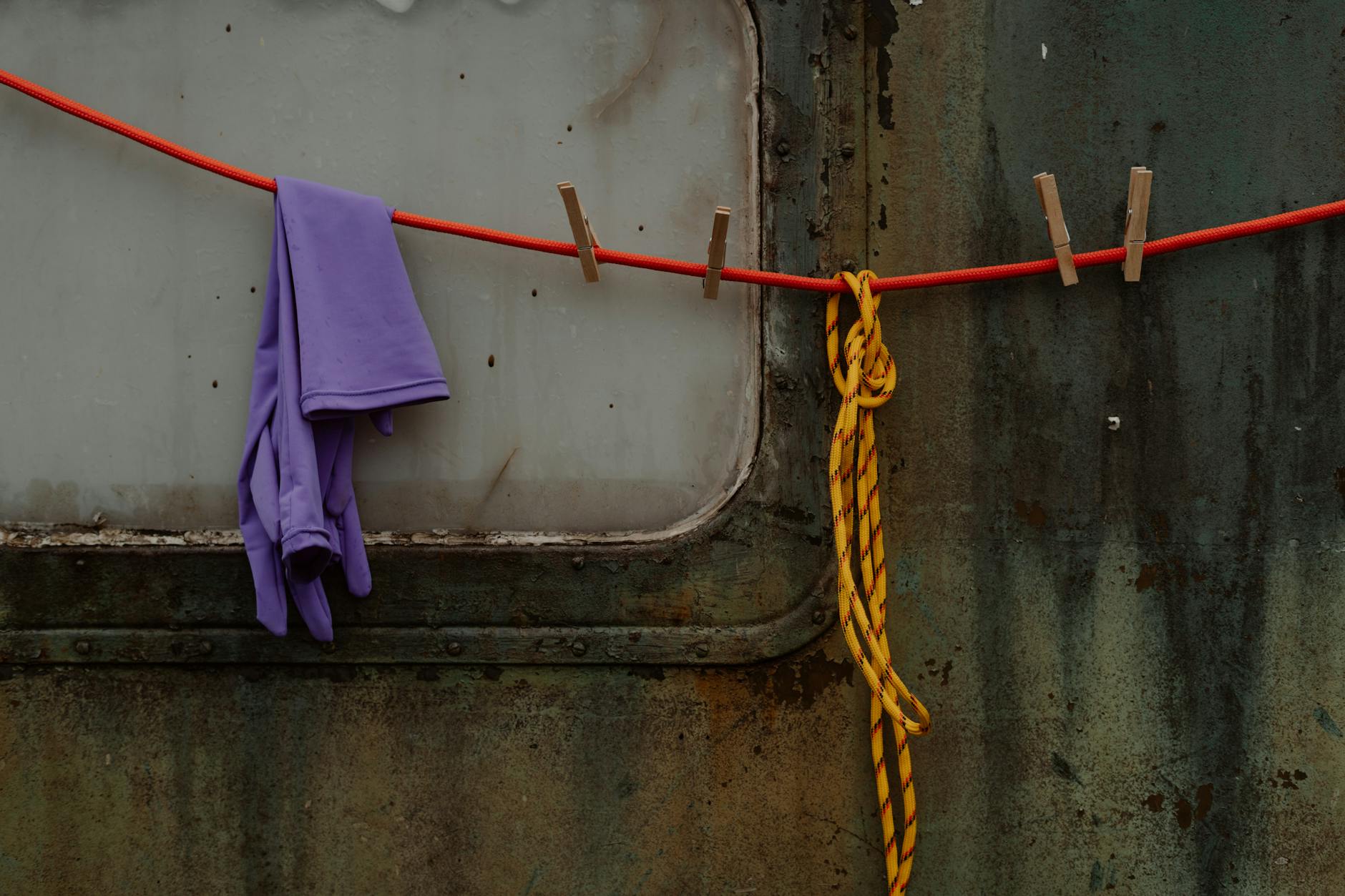No products in the cart.
Embroidery Tips & Guides
How to Create Machine Embroidery Wall Hanging Designs
How to Create Machine Embroidery Wall Hanging Designs
Machine embroidery wall hanging designs offer an elegant way to express creativity and enhance home decor using digital embroidery technology. Understanding the step-by-step process from fabric preparation to assembly enables craft enthusiasts and small business owners to produce high-quality embroidered wall art. This guide outlines essential techniques, recommended materials, and file format considerations to successfully create machine embroidery wall hangings with precision and style.
- The preparatory steps of fabric and stabilizer selection are crucial for smooth stitching and fabric stability.
- Choosing the correct embroidery design files and compatible machine formats like PES enhances the stitching outcome.
- Detailed pressing, trimming, and seam allowance measurements ensure professional finishing of embroidered panels.
- Assembling and finishing techniques tailored to embroidery projects improve both durability and aesthetic appeal of wall hangings.
- Proper file format knowledge and hoop size selection significantly influence machine compatibility and design execution.
Introduction to Machine Embroidery Wall Hanging
Machine embroidery wall hangings serve as a versatile and artistic medium for embroiderers ranging from hobbyists to small business crafters. These decorative pieces provide an accessible way to display intricate stitched designs on cotton or fabric bases, combining digitized embroidery art with functional home accessories. The process appeals especially to users of popular embroidery machines such as Brother models, known for supporting a variety of embroidery file formats and manageable hoop sizes. Adopting this craft adds value to digital embroidery crafts by transforming designs into tangible, display-worthy products that can be gifted, sold, or cherished.
Definitions and Embroidery Basics
Machine embroidery wall hanging refers to fabric-based decorative art created by stitching embroidery designs using a computerized embroidery machine. Typically, these hangings incorporate multiple embroidered panels or a single elaborate design to compose visually stunning wall pieces.
Embroidery design files are digital pattern files used by embroidery machines to guide stitching paths, colors, and design details. Common file formats include PES (preferred by Brother machines), JEF, DST, HUS, and XXX, each compatible with specific machine models and software.
The PES embroidery format is widely used due to its broad compatibility with popular machines like Brother and Babylock. PES files contain essential stitching data and allow for color change instructions during machine operation. Selecting high-quality PES or equivalent embroidery design files is fundamental to achieving a polished final product.
Practical Use Cases for Machine Embroidery Wall Hanging
The creation of machine embroidery wall hangings spans multiple use cases:
- Home Decoration: Customized wall hangings enhance interior spaces with personalized embroidery designs that reflect individual styles.
- Gift Items: Embroidered wall art makes unique and cherished gifts for occasions such as birthdays, weddings, or holidays.
- Small Business Products: Embroidery entrepreneurs often add wall hangings to their product offerings to diversify and expand sales options.
- Event Memorabilia: Corporate or social events can feature themed embroidered wall hangings as keepsakes or promotional items.
- Artistic Portfolio Building: Embroidery artists develop skills and showcase creativity through elaborate wall hanging projects.
Integration of machine embroidery into these applications leverages automation and design digitization, increasing the speed and consistency of project completion.
Materials and Step-by-Step Process for Creating Wall Hangings
Materials Required:
- Cotton fabric serves as the primary embroidery base, providing a stable and visually appealing surface.
- Cut-away stabilizer is essential to support stitches during embroidery and maintain fabric integrity afterward.
- Temporary spray adhesive helps bond the fabric to the stabilizer, preventing shifting during hooping.
- Embroidery machine compatible with the chosen design files and appropriate hoop sizes.
- Pressing cloth and iron for accurate and safe pressing of embroidered panels.
- Quilting ruler, rotary cutter, or scissors assist in precise trimming of fabric and seam allowances.
- Marking tools for seam allowance guidelines.
Step 1: Fabric and Stabilizer Preparation
The process begins by cutting pieces of cotton fabric and cut-away stabilizer larger than the embroidery hoop. Spraying adhesive on the stabilizer allows adherence of the fabric, ensuring it remains taut and wrinkle-free when hooped. Proper placement reduces fabric shifting, which is critical for stitch quality and design accuracy.
Step 2: Embroidering the Design
Attach the hooped fabric to the embroidery machine and load the selected embroidery design file. Designs specifically digitized for wall hanging use can be found through reputable sources offering PES embroidery format files among others. Follow the machine instructions to complete the embroidery, including accurate thread color changes. Multiple panels may be embroidered separately depending on the wall hanging layout.
Step 3: Pressing and Trimming
Once all embroidered sections are complete, pressing with a cloth removes wrinkles and stabilizes stitch work. Measuring and marking a ½-inch seam allowance around embroidery outlines allows for consistent and professional finishes. Fabric trimming should maintain this allowance to facilitate neat assembly.
Step 4: Assembling the Wall Hanging
Arrange embroidered panels according to design plans. Sewing panels together can involve straight or decorative stitches. Adding backing, batting, or edge binding contributes both to structure and aesthetic appeal. Installing hanging hardware or fabric sleeves completes the project, enabling easy display. For complex or combined embroidery and quilting projects, utilizing combination sewing and embroidery machines streamlines workflow.
Benefits and Relevance to Small Business Crafters
Small business crafters gain multiple advantages through the creation of machine embroidery wall hanging designs. First, digital embroidery crafts enable scalability and repeatability while maintaining artistic uniqueness. The ability to purchase diverse Naruto Embroidery Designs and other themed files diversifies product offerings with minimal additional design effort.
Additionally, understanding machine-compatible file formats such as PES ensures smooth integration with common embroidery machines like Brother, minimizing technical issues. Efficiently capturing quality stitch detail and consistent sizing enhances customer satisfaction and brand reputation. Despite some learning curve challenges in mastering fabric stabilization and multi-panel assembly, these skills significantly elevate product quality and profitability potential.
Limitations and Challenges
Despite benefits, some challenges appear in machine embroidery wall hanging projects. Precise fabric and stabilizer preparation require patience and attention to detail to avoid puckering or misalignment. Selecting correct hoop sizes limits design dimensions, thereby requiring thoughtful planning, especially when working with small or combination machines.
Additionally, not all embroidery machines support every design file format; reliance on formats such as PES for Brother machines necessitates compatible software. Lastly, trimming and finishing steps demand careful execution to avoid fraying and ensure durability. Addressing these challenges through practice and attentive methods leads to superior results.
Summary and Call to Action
Creating machine embroidery wall hanging designs involves a sequence of well-defined steps including fabric preparation, embroidery execution, precise trimming, and skillful assembly. Understanding the role of embroidery design files in PES format and selecting compatible hoop sizes enhances project success for both hobbyists and small business crafters. Leveraging high-quality digital embroidery crafts, such as the Naruto Embroidery Designs, adds distinctive appeal to finished wall hangings.
Embarking on this methodical crafting process empowers users to produce impressive, customizable wall decor or commercial products using machine embroidery. Explore stitchdesignfiles.com for a rich collection of embroidery design files and resources to elevate machine embroidery wall hanging projects.

